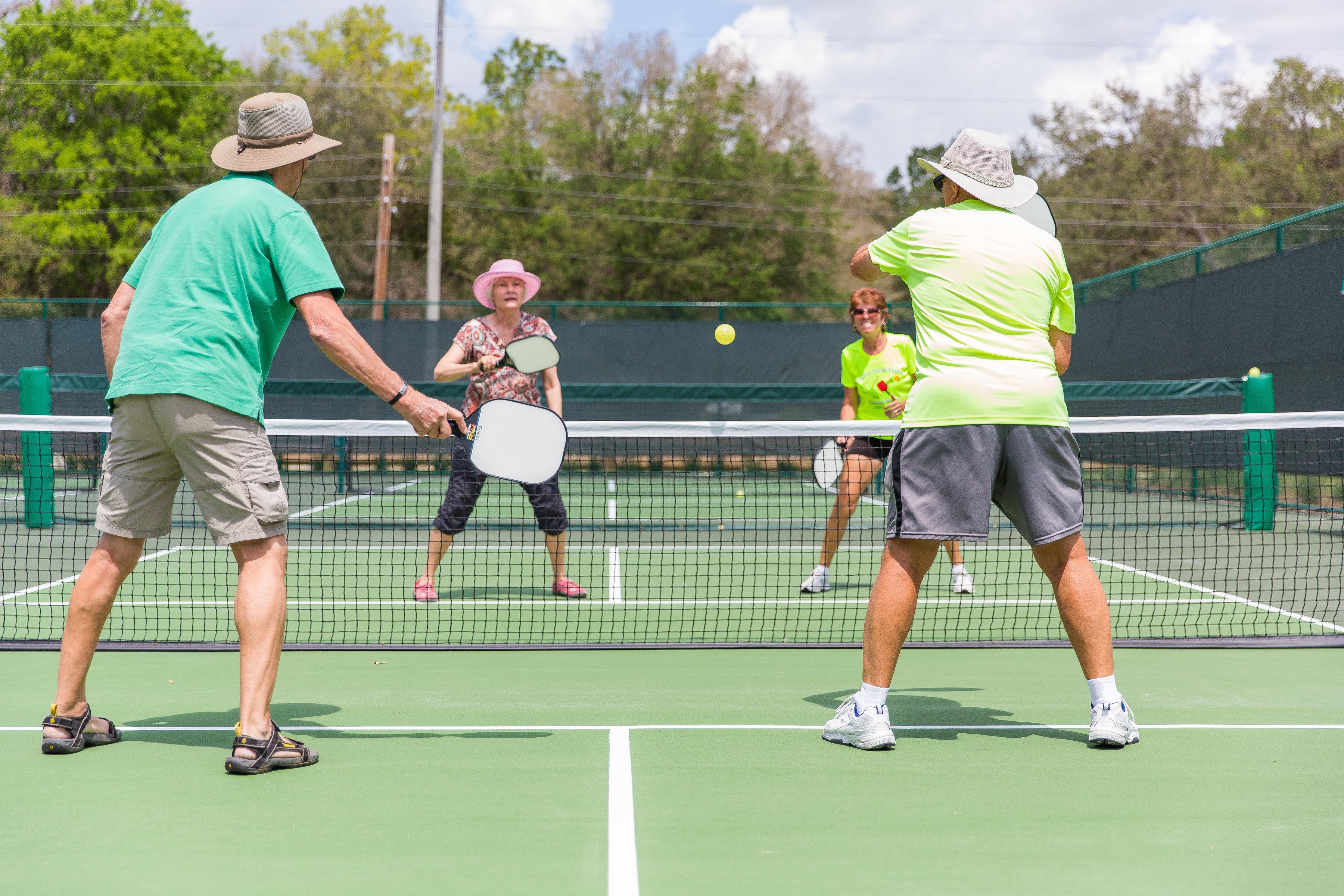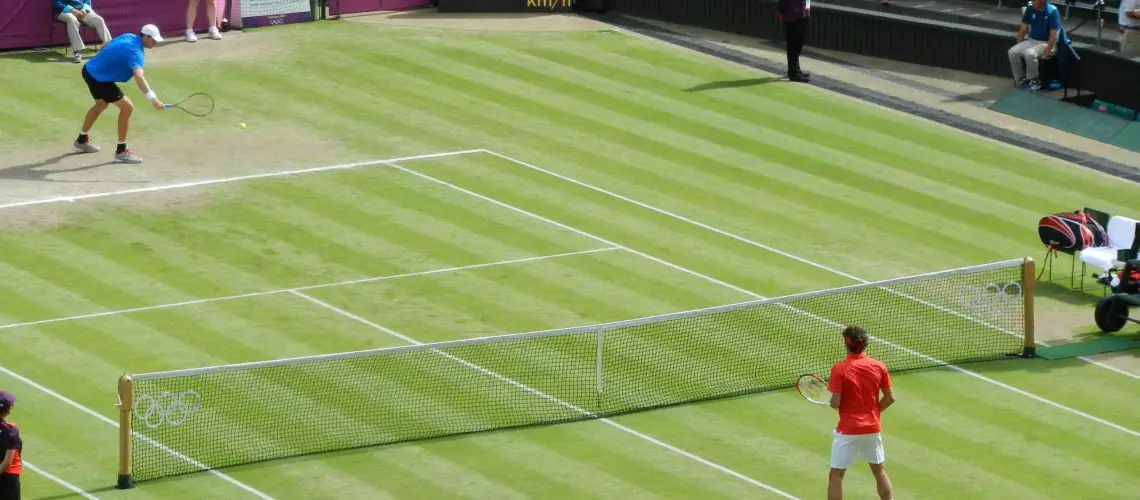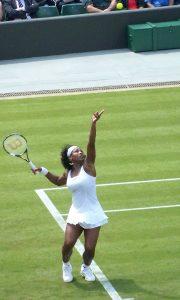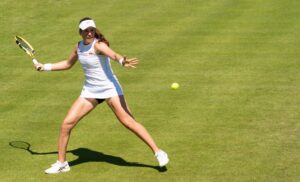We may earn money or products from the companies mentioned in this post.
Brief Overview of Pickleball and Tennis

When it comes to racket sports, two names often come to mind: pickleball and tennis Both sports involve hitting a ball with a racket, but they have distinct differences that set them apart
Pickleball:
Pickleball is a relatively new sport that was invented in the 1960s by three dads who wanted to keep their kids entertained during summer vacation It combines elements from tennis, badminton, and ping pong and is played on a smaller court with a solid paddle and a plastic ball with holes
Tennis:
Tennis, on the other hand, has been around for centuries and has evolved into one of the most popular sports in the world It is played on a larger court using rackets strung with strings and a felt-covered rubber ball
Popularity and Growth of Both Sports

Over the years, both pickleball and tennis have experienced significant growth in popularity worldwide
Pickleball:
Pickleball’s popularity has skyrocketed in recent years, particularly among older adults looking for a low-impact sport that still provides plenty of fun and exercise Its simplicity and shorter learning curve make it accessible to players of all ages and skill levels
Tennis:
Tennis has long been considered one of the classic sports, attracting players from all walks of life Its inclusion as an Olympic sport further cemented its global appeal The competitive nature of tennis appeals to those seeking intense matches filled with strategy and athleticism
Importance of Understanding the Differences

While both pickleball and tennis share similarities as racket sports, understanding their differences is crucial for players and enthusiasts
For beginners, knowing the distinctions between pickleball and tennis will help them choose the sport that suits their preferences and physical abilities The smaller court size and slower pace of pickleball may be more appealing to those seeking a less demanding game On the other hand, tennis offers more opportunities for power plays and longer rallies
For experienced players, understanding the differences can enhance their skills in both sports While pickleball shares some techniques with tennis, such as serving and volleying, mastering the unique strategies and shots of each game is essential for success
Lastly, appreciating the differences between pickleball and tennis fosters a greater appreciation for both sports as distinct entities Each has its own rich history, community, and culture that add depth to the overall racket sports landscape
Equipment and Court Differences

Pickleball paddle vs tennis racket
When it comes to equipment, the first noticeable difference between pickleball and tennis is the paddle and racket used in each sport While both are designed to hit a ball, they have distinct characteristics that cater to the specific needs of each game
In terms of material, pickleball paddles are typically made from lightweight materials such as composite or wood These materials provide better control and maneuverability on the smaller pickleball court On the other hand, tennis rackets are usually made from graphite or aluminum, which offer more power and stability for hitting a faster-moving tennis ball across a larger court
The size and weight of the paddle and racket also differ significantly Pickleball paddles are smaller in size compared to tennis rackets, making them easier to handle during fast-paced rallies They also tend to be lighter, allowing players to react quickly and make swift shots at the net
Pickleball ball vs tennis ball
Another important aspect that sets these two sports apart is their choice of balls – pickleballs versus tennis balls
Pickleballs are made of durable plastic with small holes throughout its surface, resembling a wiffle ball This unique design allows for slower speeds, giving players more time to react while maintaining control over their shots The holes also create aerodynamic properties that add spin and create unpredictable trajectories when struck
Tennis balls, on the other hand, consist of a rubber core covered with felt fabric The density of these balls provides greater speed during play while offering less time for players to react accordingly The felt fabric gives them better grip on different surfaces but doesn’t generate as much spin as pickleballs do due to their smooth surface
Court size and layout comparisons
One of the most noticeable differences between pickleball and tennis is their court size and layout
Pickleball courts are significantly smaller, measuring 20 feet wide and 44 feet long for doubles play This reduced court size allows for more fast-paced action as players have less ground to cover The net height in pickleball is also lower than in tennis, standing at 34 inches at the center
Tennis courts, on the other hand, are much larger, measuring 78 feet long and 27 feet wide for singles matches Doubles matches share the same width but have an extended length of 36 feet The net height in tennis is set at 36 inches at the center
Both sports have specific line markings that define their respective boundaries Pickleball uses solid lines to mark the boundaries of the court, while additional broken lines indicate areas such as the non-volley zone Tennis courts feature a combination of solid and dashed lines to mark different areas like service boxes and sidelines
Furthermore, each sport utilizes different surfaces for gameplay Pickleball is commonly played on various surfaces including asphalt, concrete, or even indoor gym floors covered with special paint or tape that creates a smooth playing surface Tennis courts can be made from grass (rare), clay (slower pace), or hard court surfaces such as acrylic or synthetic materials (faster pace).
Rules and Scoring Differences

In the world of racquet sports, both pickleball and tennis have their own unique sets of rules and scoring systems Understanding these differences is crucial for players to excel in each sport Let’s dive into the basic rule comparisons and scoring systems to shed some light on what sets them apart
Basic Rules Comparisons
1 Serving rules in pickleball vs tennis
Serving is a fundamental aspect of both pickleball and tennis In pickleball, players must serve underhand diagonally from behind the baseline, ensuring that the paddle contacts the ball below waist level On the other hand, tennis serves are typically performed overhand or underhand with strict guidelines regarding foot placement and ball toss height
a) How to serve in each sport:
Pickleball serves are required to be hit below waist level with an underhand motion, while tennis allows more flexibility in serving techniques, including overhead power serves
b) Serving faults:
In pickleball, serving faults occur when the server steps on or beyond the baseline before making contact with the ball or fails to hit it within the service box diagonally opposite In tennis, double faults occur when two consecutive serves result in missed attempts within the designated service area
c) Service boxes:
Pickleball has only one service box on each side of the court, whereas tennis has two diagonal service boxes
2 Double bounce rule in pickleball vs double fault in tennis
Pickleball incorporates a unique double bounce rule: after both teams have served once, each team must let the ball bounce once before returning it This rule applies to the receiving team only In tennis, there is no such double bounce rule; players can hit the ball directly after a serve
3 Non-volley zone (kitchen) in pickleball vs no such zone in tennis
Pickleball introduces a non-volley zone, commonly known as the kitchen, which is a 7-foot area from the net on both sides of the court Players cannot volley or hit the ball out of the air while standing inside this zone Tennis does not have a similar restricted area
Scoring Systems Compared
1 Points awarded per play
In both pickleball and tennis, points are awarded when players fail to return the ball successfully within bounds or commit certain faults However, there are slight differences in how points are tallied In pickleball, only the serving team has an opportunity to score points, whereas in tennis, both serving and receiving teams have equal chances to earn points
2 Winning conditions for a match
In pickleball, matches are typically played up to 11 or 15 points with a two-point lead required for victory However, some tournaments may follow different scoring systems depending on their regulations In tennis, matches can vary in length depending on factors such as sets won or games won within each set
3 Tiebreakers
Both sports employ tiebreakers to determine winners when scores reach specific thresholds during matches that require decisive outcomes The methods used for tiebreakers differ slightly between pickleball and tennis but ultimately serve the same purpose – breaking ties and determining winners
Overall, understanding these rules and scoring differences is essential for players looking to excel in either sport Whether it’s the serving techniques, fault regulations, or scoring systems, each sport offers a unique and exciting experience on the court
Playing Techniques

When it comes to playing pickleball and tennis, understanding the various techniques can greatly improve your game Let’s explore some of the key techniques in each sport:
Serve Techniques
In pickleball, one common serve technique is the underhand serve This involves swinging your paddle underneath the ball and hitting it with an upward motion On the other hand, in tennis, players often use an overhand serve, where they throw the ball up and hit it with a full swing overhead Both serves require practice and precision to be effective
Strategies for Winning Points
Winning points in both pickleball and tennis requires a combination of different shots In pickleball, players utilize dinks, drops, drives, and volleys to outmaneuver their opponents These shots involve finesse and control to place the ball strategically on the court In tennis, groundstrokes (forehand or backhand), volleys, serves, slices are all essential parts of a player’s arsenal to win points by overpowering their opponents or placing the ball out of reach
Considerations for Doubles Play
In doubles play, certain strategies can give you an edge over your opponents In pickleball doubles matches, players often employ a stacking strategy wherein one player stands behind their partner during service to create better angles for shot placement and coverage on the court On the other hand, in tennis doubles matches poaching strategy is commonly used where one player moves towards the center of the court anticipating a cross-court shot from their opponent’s partner
Now let’s dive into these playing techniques further and discover how they can elevate your performance on both pickleball and tennis courts!
Useful Links

The Similarities & Differences Between Pickleball & Tennis
Pickleball vs. Tennis
5 Differences Between Pickleball and Tennis
Pickleball vs Tennis: What’s The Difference?
Difference Between Tennis and Pickleball
Platform Tennis & Pickleball Explained
Tennis Vs Pickleball: What Are The Main Differences?
Pickleball vs. Tennis | Differences & Similarities
5 Major Differences Between Pickleball and Paddle Tennis
Tennis vs. Pickleball – What’s The Difference?
Pickleball vs. Paddle Tennis (Pop Tennis) vs. Padel
What Is the Difference Between Pickleball and Tennis?
Blame, threat and clash: the war between pickleball and …
Is Pickleball Just Mini Tennis? – The Racket Life
Pickleball Court vs Tennis Court – The Differences
7 Key Differences Between Pickleball vs Tennis –
What is the Difference Between Pickleball and Tennis?
6 Tips for Tennis Players Transitioning to Pickleball
Paddle Tennis vs Pickleball: What Are the Differences?






